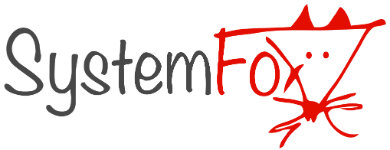A Gantt chart is a visual representation of a project schedule that displays tasks or activities along with their start and end dates, durations, and dependencies. It provides a graphical overview of the project timeline, showing the sequence of activities and their progress over time.
Key features of a Gantt chart include:
- Task Bars: Each task or activity is represented by a horizontal bar on the chart, with its length indicating the duration of the task and its position indicating the start and end dates.
- Dependencies: Tasks may have dependencies on one another, where the start or completion of one task depends on the start or completion of another task. Dependencies are represented by lines connecting related tasks on the chart.
- Milestones: Milestones represent significant points or events in the project schedule, such as project kick-off, major deliverables, or project completion. They are typically represented by diamond-shaped symbols on the chart.
- Time Scale: The time scale along the horizontal axis of the chart represents the project timeline, with units of time (e.g., days, weeks, months) indicated for reference.
- Progress Tracking: Gantt charts often include indicators to show the progress of tasks, such as shading or color-coding to represent completed, in-progress, and not started tasks.
- Resource Allocation: Some Gantt charts include resource allocation information, indicating which resources are assigned to each task and when they are scheduled to work on the task.
Gantt charts are widely used in project management for planning, scheduling, and tracking project activities. They provide project managers and stakeholders with a visual representation of the project schedule, helping to identify critical paths, manage dependencies, allocate resources effectively, and track progress against the planned timeline. Gantt charts can be created using project management software, spreadsheet tools, or specialized Gantt chart software.
